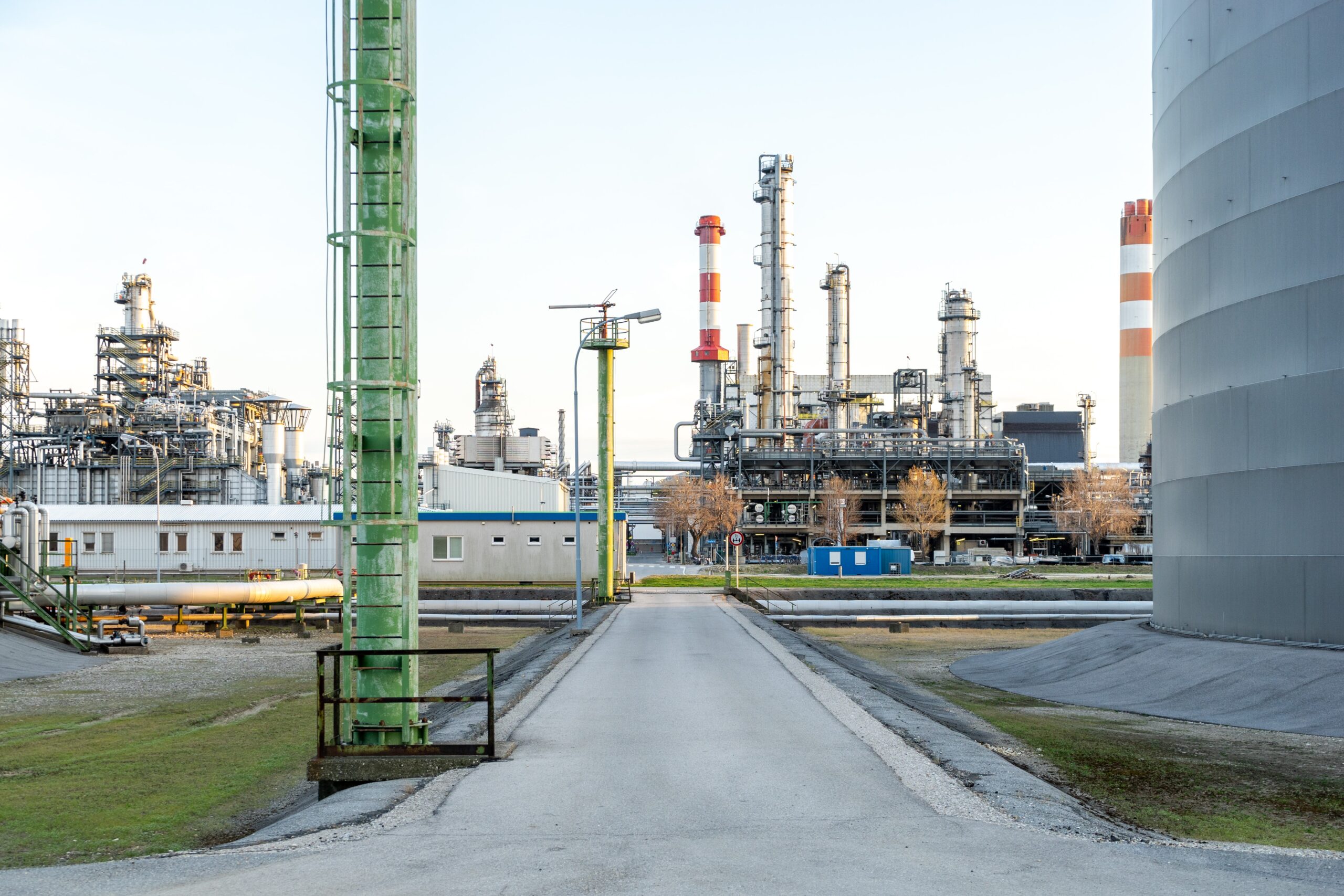Indonesia, renowned for its diverse climates, has encountered an unusual meteorological occurrence. Although officially in the midst of the rainy season, regions in Greater Jakarta, including Bogor, Depok, Tangerang, and Bekasi (known locally as Jabodetabek), have been witnessing the return of scorching temperatures. This unexpected heatwave prompts the question of how long this peculiar weather anomaly will persist.
Traditionally, Jakarta embraces the rainy season by the second ten-day period of November, marked by frequent heavy rainfall and occasional flooding in certain areas. However, contrary to expectations, the past week has seen a resurgence of intense heat, raising concerns among residents.
The forthcoming weather forecast for Jabodetabek indicates a predominance of clear or partly cloudy conditions, defying the typical expectations associated with the rainy season. This deviation from the norm raises curiosity about the factors contributing to this sudden shift in weather patterns.
Guswanto, the Deputy of Meteorology at the Meteorology, Climatology, and Geophysics Agency (BMKG), shed light on the meteorological intricacies behind this unusual phenomenon in Jabodetabek. According to Guswanto, the resurgence of scorching temperatures around the southern equator, particularly on Java, Bali, and Nusa Tenggara, is attributed to prevailing low-pressure conditions.
This climatic quirk is further influenced by activities in the South China Sea, where a low-pressure pattern has disrupted the typical development of rainfall clouds in the Java-Nusa Tenggara region. Guswanto emphasized that this disruption results in a decreased flow of moist air towards the southern equator, contributing to the prolonged hot spell.
Moreover, the low-pressure pattern around the South China Sea indirectly shapes wind convergence and bending patterns. Guswanto elucidated that these atmospheric dynamics cause an increase in the development of rainfall clouds in various regions, including Sumatra, Kalimantan, and Sulawesi.
The impact of this climatic anomaly is evident in the occurrence of heavy rainfall in parts of North Sumatra, West Kalimantan, South Kalimantan, Central Sulawesi, and Southeast Sulawesi over the past week. The unexpected shifts in weather patterns have prompted meteorological experts to closely monitor the situation and provide regular updates to the public.
While the low-pressure pattern around the South China Sea is anticipated to persist for the next 3-4 days, meteorologists expect a gradual weakening of this phenomenon. This development raises hopes for a return to more typical rainy season conditions in the Java-Nusa Tenggara region, with increased rainfall expected from December 23 onward. As communities adapt to this unexpected weather twist, ongoing communication from meteorological authorities will be crucial in keeping the public informed and prepared for any further climatic surprises.























